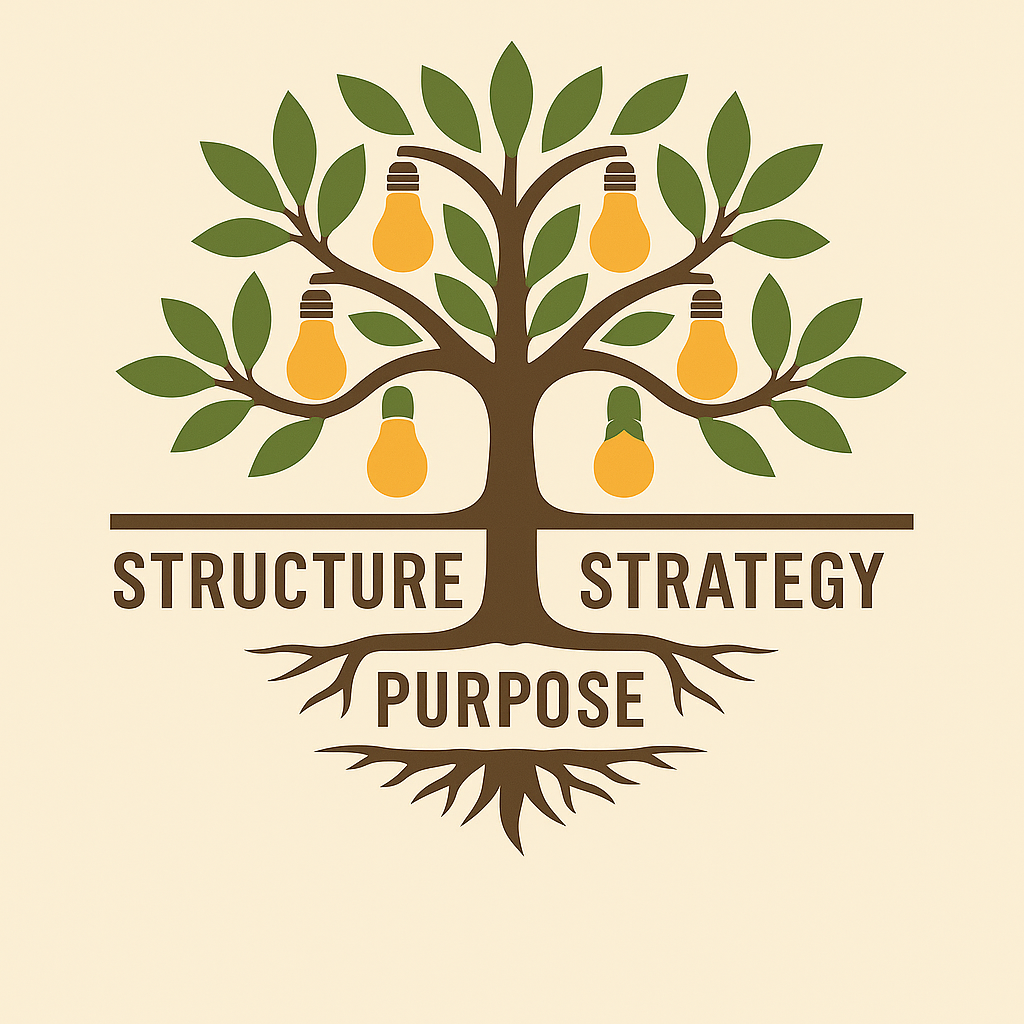
##🧩 ***Everyone is talking about education reform, but almost no one is doing it right.***
📖 What We Already Know
Author after author has unpacked why education reforms often fail, yet time and time again, governments push initiatives that are out of sync with reality or worse, centered around one person’s lofty dream. Education is a right, and everyone should benefit from what it has to offer. So why do so many reforms collapse?
Because those pushing the reforms are unable to sustain the reform movement. And the reason? They consistently fail to engage the very people responsible for making it work.
Let us be honest. Reform is change. And change requires proper change management techniques. That means involving all stakeholders in the process from the beginning. Not just nodding at their opinions, but forming real focus groups, holding genuine consultations, and putting proper support systems in place to help people adapt.
🎯 Start with the Right Questions
Before any reform is rolled out, the first question must be:
“Is the change really necessary, and has that been thoroughly investigated?”
I have seen too many workplaces where changes were made just so someone could leave a legacy, just so they could be remembered as the one who did something “new.” But when you strip it back, the change had no merit. Or worse, no benefit to the people who would be most affected.
In other cases, the reasons for the change were never even investigated. You must ask the right questions, to the right people, and be prepared to accept the truth. Because if you cannot answer that first question convincingly, then why are we really changing anything?
Another question should be:
“Are there simpler ways to achieve the same result?”
Sometimes, all it takes is a proper discussion with the right people. Emphasis on the right. Your circle of friends and yes-men are not a valid focus group. You need those who may speak softly, who might hesitate, but who will tell the truth because they care.
🎭 Stop Pretending It Is Dialogue
Let us not forget another major failing: how information is distributed.
If the change is meant for the masses, do not bury it under buzzwords and theories. People need to understand the purpose behind the change, how it will affect them, and how they can thrive within it. Clarity and honesty matter more than lofty ideals.
Worse still, many decisions have already been made before any public engagement, while the so-called reformers pretend to be listening. What is presented as an “open discussion” is often just an informative session, a one-way delivery masquerading as dialogue. But good change management involves, not merely informs.
And let us be clear.
People do not always reject change because they dislike it.
Sometimes they reject it because it brings more chaos. If people are already struggling to manage what they have, and your proposed change adds no relief to their burdens at the wrong time, it will be rejected. Full stop.
Take, for example, the idea of allowing students to use cell phones during school hours, across the board, with no restrictions. When indiscipline is already high and focus is low, what message are we sending? A better approach would be to build scaffolding first: promote discipline, set structures for acceptable tech use, and clearly define educational purposes. Then, and only then, should full implementation follow.
Sometimes, the change is not wrong.
It is just premature.
And sometimes, scaffolding is the reform.
🌍 Do Not Forget Culture
Let us also remember that change does not land the same way across cultures.
Reforms must never erode a people’s fundamental cultural expectations, but instead mesh with them, building on existing strengths and traditions.
A greater understanding of cultural context is essential because people are emotionally tied to the customs, rhythms, and practices that have defined their communities for generations. If reform threatens that foundation, it does more than create resistance.
It threatens identity.
It ignores history.
It risks turning a hopeful change into a cultural insult.
Reforms should not force one culture to adopt the cultural habits of another.
Rather, they should elevate the standard of living and learning within that nation’s own framework, respecting its history, values, and way of life.
Reform should uplift, not uproot.
💸 The Greatest Peeve: One-Minute Wonders
Now for my greatest peeve.
Many new programs are generously funded upfront, with shiny systems, launch events, and plenty of fanfare. But let me repeat: program start-up is not the same as program sustainability.
Too often, there are no long-term resources, no clear maintenance plans, and no manpower to keep things going. The result?
One-minute wonders.
Initiatives that shine brightly for a year or two, then vanish. Never to be heard of again.
The evidence is scattered in tatters around us, if we care to look:
- Broken computers gathering dust, with no plan or funding for repair
- Reading programs left hanging midair with no follow-through
- Discipline programs designed for three students when twenty need support
- Tech-vocational programs built around broken, outdated, or non-functioning equipment
And who bears the burden in the end?
The good managers.
The ones who have to sweat and scramble to make things right after the dust settles, after the applause has faded, after the reports have been filed.
If we are serious about reform, we must be serious about sustainability.
Otherwise, we are just spinning wheels and wasting time, money, and the trust of the people we claim to serve.
🔚 Final Word
Real reform is not a one-day, life-changing event.
It is a years-long commitment to thoughtful change, sustained effort, planned strategies for timing and cultural adaptation, and real results.
So before we announce the next big thing, let us ask better questions, engage the right people, and build what lasts for our people.
